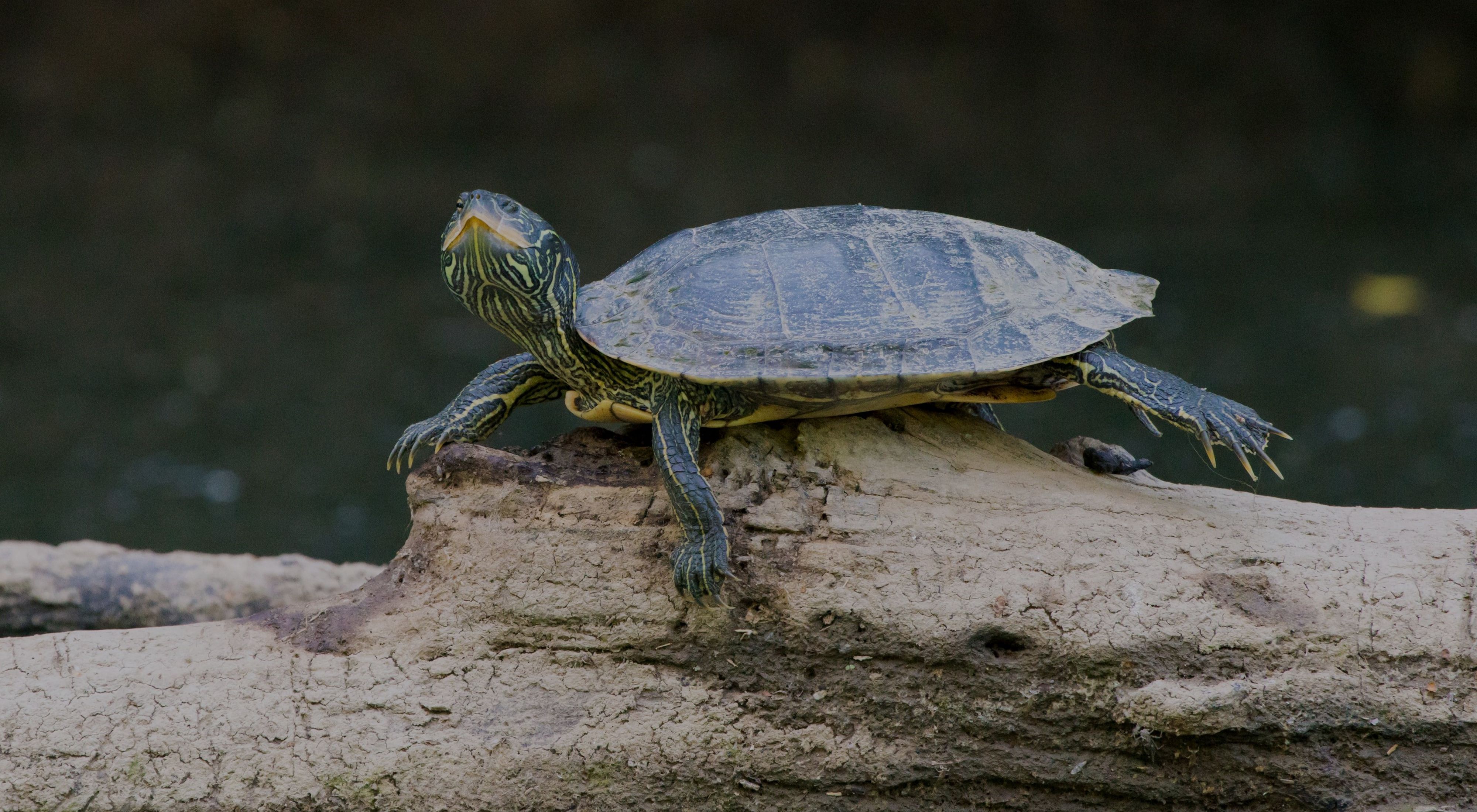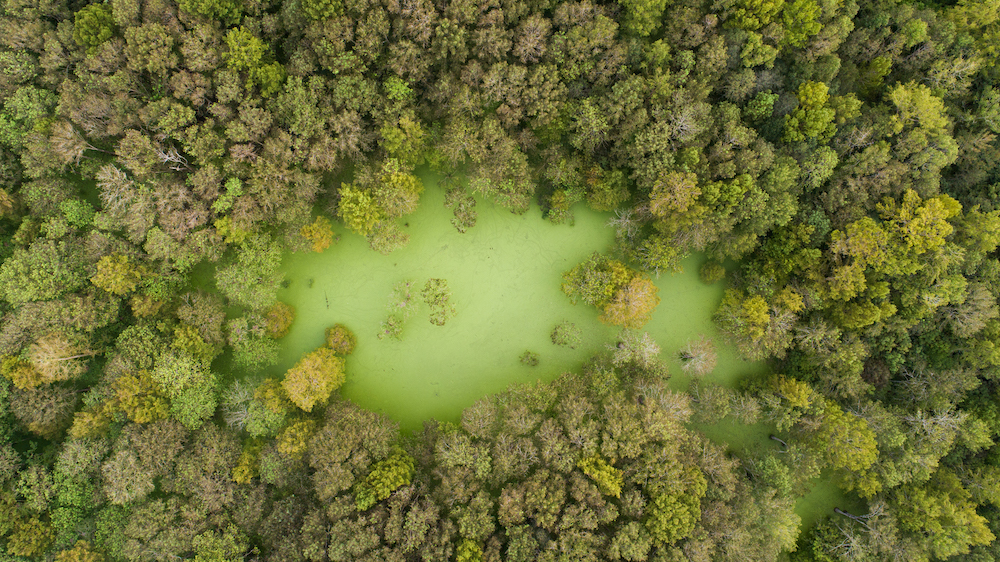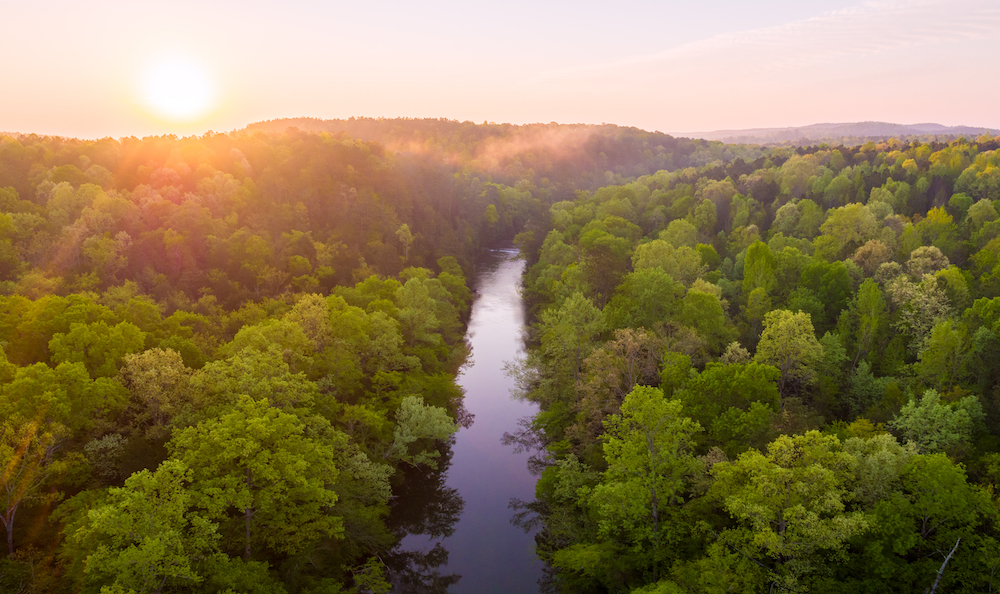Make a Difference for Nature in Alabama
From rare and endangered plants and animals to prairies, forests and the Gulf coast, The Nature Conservancy is working to protect Alabama for people and nature. Help us ensure a future in which people and nature can thrive.
We Love Alabama
Cahaba. Paint Rock. Walls of Jericho. Little River Canyon. Talladega. Splinter Hill Bog. Mobile-Tensaw. The Gulf. Ask yourself about the places you, your family, and your friends love in Alabama, and the answers inevitably revolve around our iconic lands and waters.
Alabama’s rivers and streams, marshes, forests, coasts, and mountains are the beating heart of a biologically diverse landscape like none other on Earth. Our state is the center of the world’s biological diversity of freshwater invertebrates and the continental center of diversity for many other plants and animals. There are hundreds of species in Alabama that are found nowhere else on Earth.
This is our Alabama, and it is time for nature to depend on us. It is time to protect more of these places, more of our fresh water, and more clean air so that we, and the plant and animals that live here with us, can continue to enjoy these resources. We must address the unprecedented pressure we are placing on our natural world.
From the water, air, and food we need for life to the resources that provide recreation and energy, our ability to thrive and prosper depends on the choices we make right now.
You can help us with the critical work of conservation in Alabama
Alabama's Unique Nature
-
4th
4th most biologically diverse state in the country.
-
20
20 fish species found nowhere else in the world.
-
53
53 miles of coastline.
-
132,000
132,000 miles of rivers and streams.
Our Conservation Priorities
The Nature Conservancy envisions a world where people and nature flourish together—but we have only a short time to get it right. You can join us as we work to solve our most pressing environmental challenges. Over the next 5 years, we will work to:
-
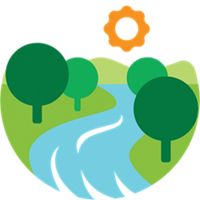
Secure Clean Water
Secure clean water for our rivers so Alabamians can safely eat our native fish and seafood, enjoy swimming and boating, and trust the water we drink.
-

Build Healthy and Resilient Lands
Build healthy and resilient lands from north to south that filter our water and provide wildlife habitat that can endure as our climate changes.
-
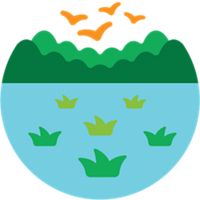
Restore Living Habitats
Leverage deeper investments to restore living habitats like natural channels, oyster reefs, and marshes that serve as a first line of defense for coastal communities.
-
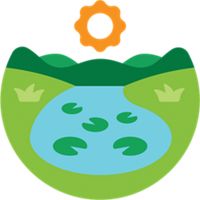
Advance Conservation
Inspire and mobilize Alabamians to advance conservation in communities across Alabama.
Restore Healthy Water
We are drawn to the water for deeply personal reasons. Sometimes we enjoy time with family and friends along a scenic river; other times we need to be alone with our thoughts beneath a glorious Dauphin Island sunset.
Our rivers, streams, and wetlands form a vast circulatory system in Alabama. They connect Mobile Bay to the Cahaba, and Alabama to the Gulf of Mexico and beyond. But they are choked by dams and sediment runoff that block the veins and arteries of this complex natural system.
Our waters are the most ecologically diverse in the United States—but they also lead the nation in aquatic extinctions. You can help us change this.
- The Nature Conservancy is embarking on an ambitious plan to ecologically reconnect the Cahaba and Alabama Rivers to the Gulf of Mexico, to allow native migratory fish to once again reach important spawning grounds.
- We have conducted over 40 bank stabilization and sediment abatement projects in the beautiful and diverse Paint Rock River near Huntsville.
- In the Locust Fork of the Black Warrior, we are working to map, prioritize, and restore the riverbank.
You can help us reconnect rivers, protect endangered species, and grow our partnerships with communities so that together we can protect and maintain Alabama’s waters. Our work will ensure clean and healthy waters for Alabamians from the Paint Rock to Mobile Bay and beyond.
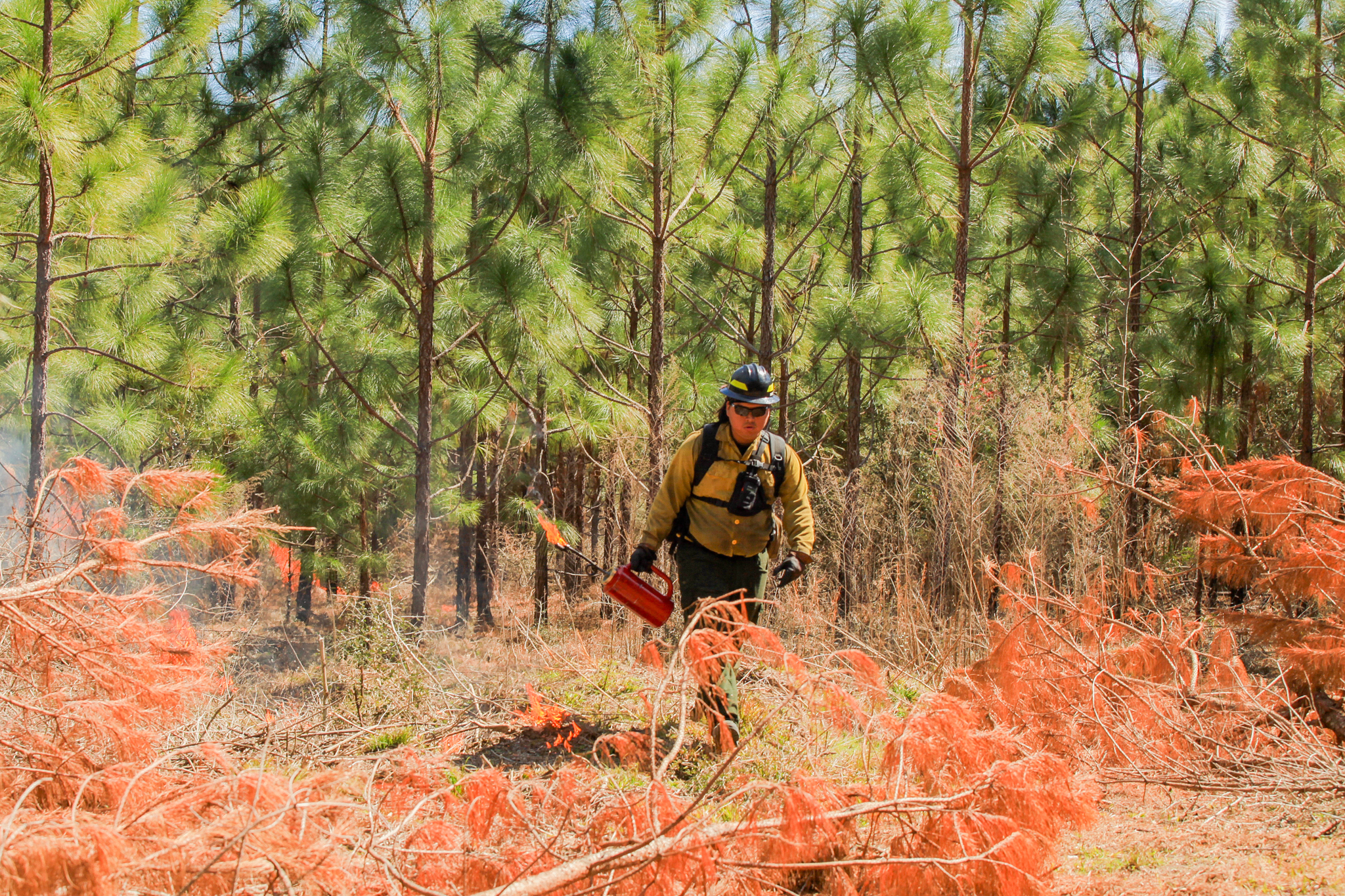
Secure Resilient Lands
The Nature Conservancy has protected more than 200,000 acres of ecologically sensitive land, with your help, since our founding in 1989. These are the lands on which we camp, hike, hunt, and spend time with our family. They provide a resting place for hundreds of millions of birds on their annual migration through our state. And they provide a safe shelter to the Red Hills salamander, the Alabama beach mouse, and the nearly 5,000 other species that call Alabama home, including over 125 that are critically threatened or endangered.
These lands are in peril. Climate change, demand for food and energy, invasive species, development, and other pressures are straining nature’s ability to remain in balance and to support our communities. We must significantly increase the pace, scope, and scale of conservation in Alabama.
To do this, our approach has evolved from traditional land conservation to also include an ever-growing suite of strategies to restore treasured lands, safeguard wildlife, and increase nature’s ability to adapt.
With your help, over the next 10 years we will:
- Protect and connect ecologically significant lands to safeguard habitat, wildlife corridors, and biodiversity to benefit species like the white-topped pitcher plant and the rare Morefield’s leather flower.
- Restore fire-maintained habitats and manage these areas for climate resiliency.
- Expand partnerships with government agencies and land management organizations to influence broader change.
- Develop demonstration sites to advance carbon sequestration projects, manage for native habitats, and inspire broader adoption of conservation practices.
- Enable cutting-edge research for diverse hardwood ecosystems at our Sharp-Bingham Mountain Preserve in northeast Alabama, where we are working to establish Alabama’s first voluntary carbon market to benefit private landowners.
You can help conserve Alabama’s lands and the plant and animal species that depend on them.
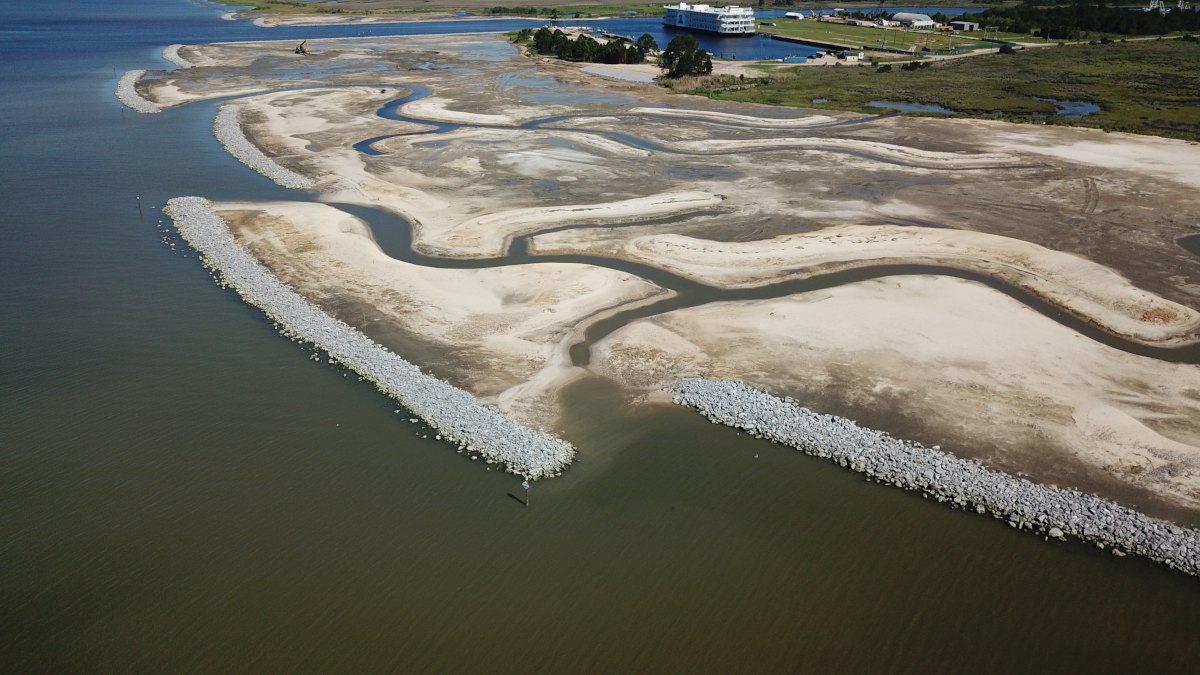
Build Living Habitats
The millions of birds who land on Dauphin Island’s beaches, the Grand Bay pine savanna, and the marshes near Orange Beach and Gulf Shores are all coming home. Our coast is home for human and animal communities and natural ecosystems that have been here forever.
Our coastal ecosystems are among Alabama’s most precious resources—and also among its most endangered. The impacts of offshore oil production, frequent and more severe storms, climate change and pollution from cities and farms are compounding.
The Nature Conservancy is stewarding relationships built over time and applying lessons learned from projects on the ground and in the water to secure a sustainable future for our state’s coastal and marine habitats. Our ambitious plans focus on connectivity—because what happens upstream has a direct impact on the coast and into the Gulf of Mexico.
With projects like the shoreline restoration at Lightning Point in Bayou La Batre, and the successful preservation of Grand Bay Savanna, we know that restoration at scale can be successful. These projects have set the stage for the work to come over the next decade on the coast. Over the coming years we will:
- Conduct research, implement restoration projects and develop plans for entire watersheds to improve water quality in Mobile Bay and upriver.
- Acquire and steward coastal lands and restore shorelines.
- Develop and support stormwater management projects to improve water quality.
- Work with local communities to incorporate nature-based solutions into local planning and disaster recovery to improve environmental and community resilience.
We know that these strategies work, and we know that at scale, they can help all of us sustain our coast’s bounty for people today and for future generations. You can help us do this work.
We Can’t Save Nature Without You
Sign up to receive monthly conservation news and updates from Alabama. Get a preview of Alabama’s Nature News email.
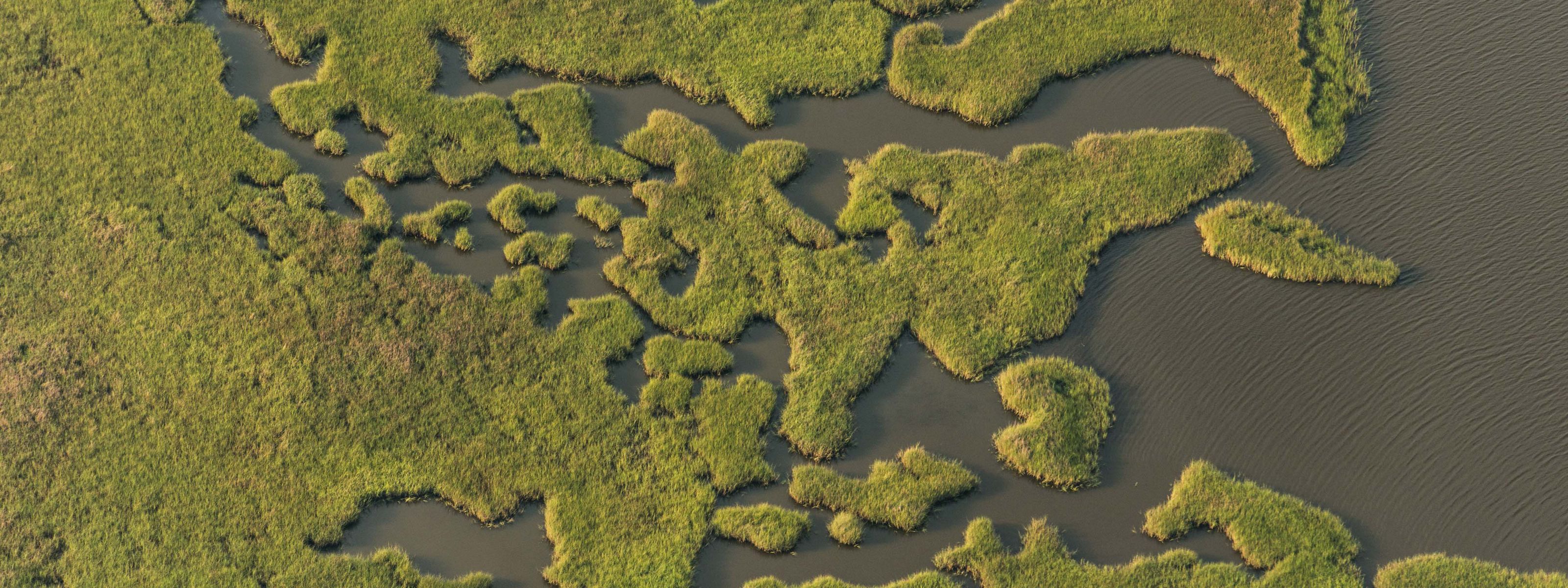
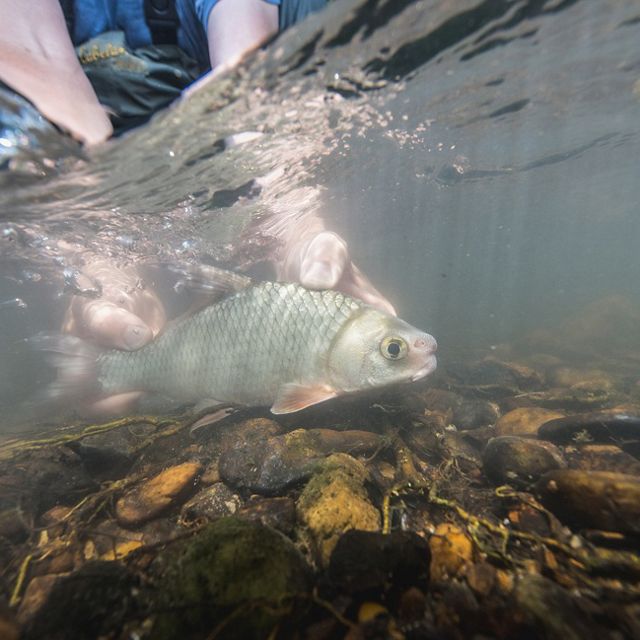
See the Places We Protect in Your Community
From the Gulf coast to our 18 river systems, The Nature Conservancy is working to protect Alabama for people and nature.
The way we live on Earth
-
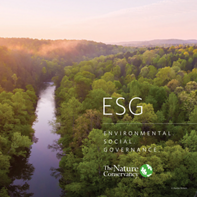 Environmental Social Governance
Environmental Social GovernanceYou and your company can help make a positive environmental impact on these special places and people. Learn more.
DOWNLOAD
